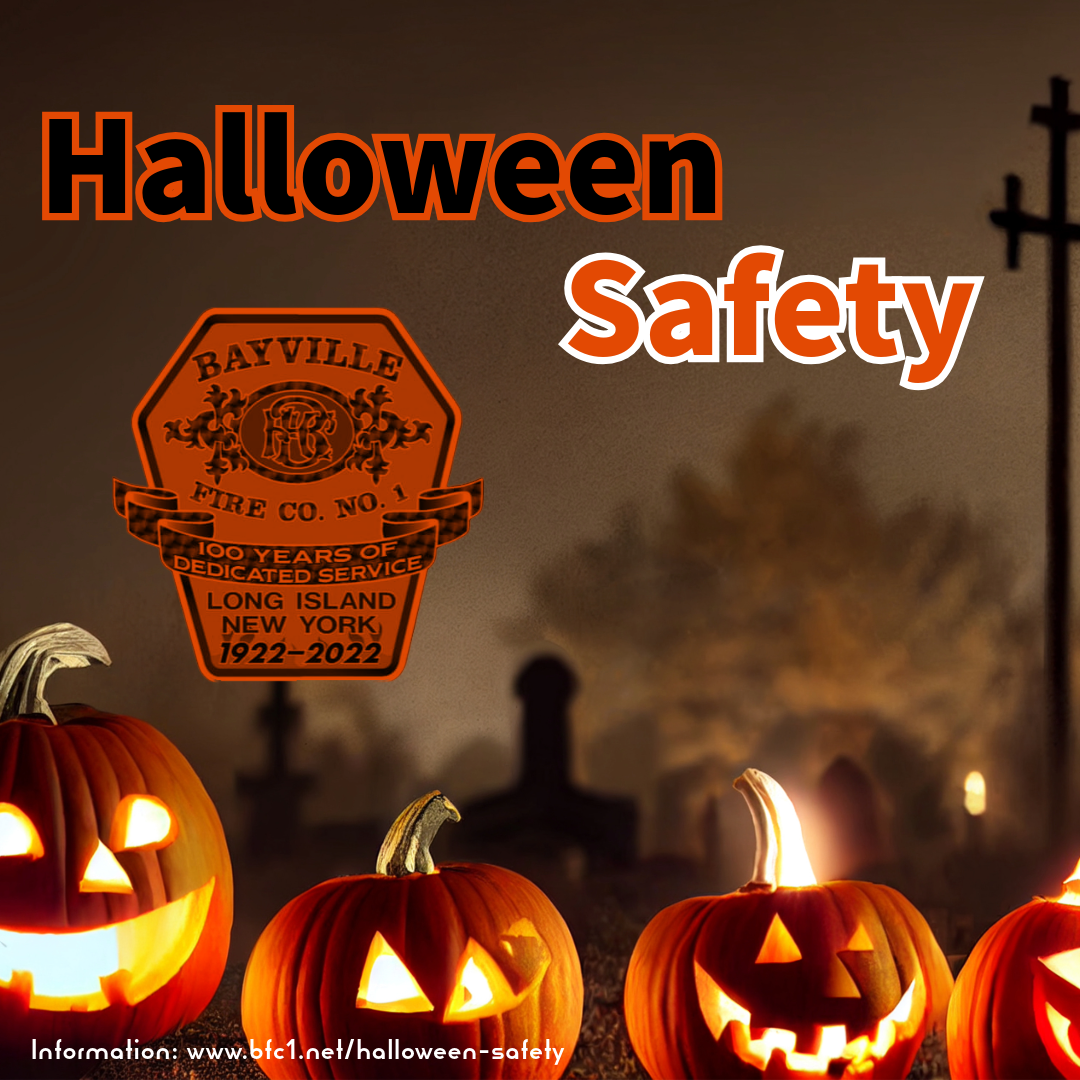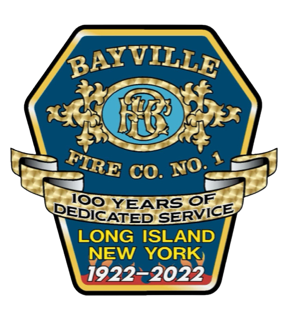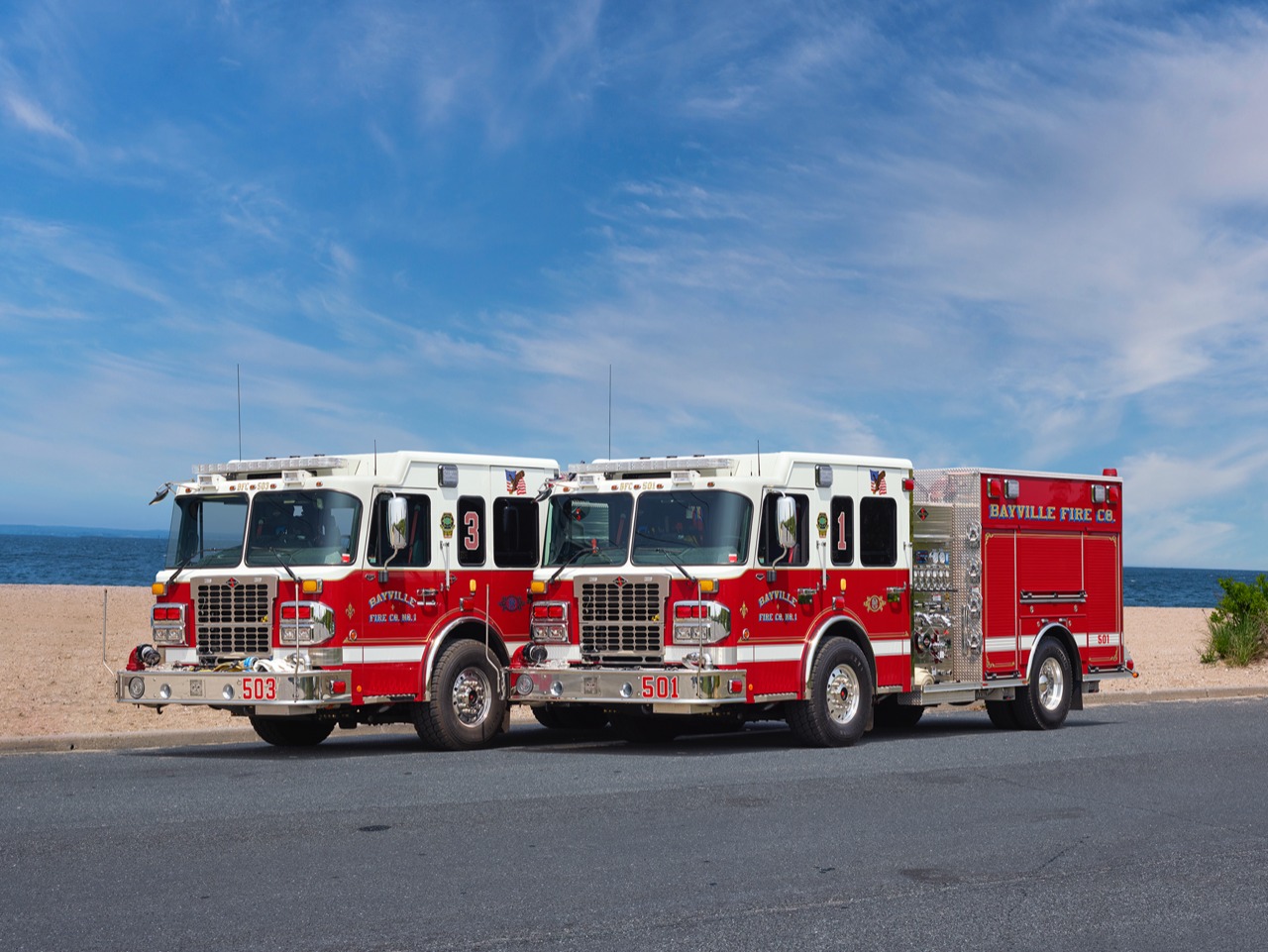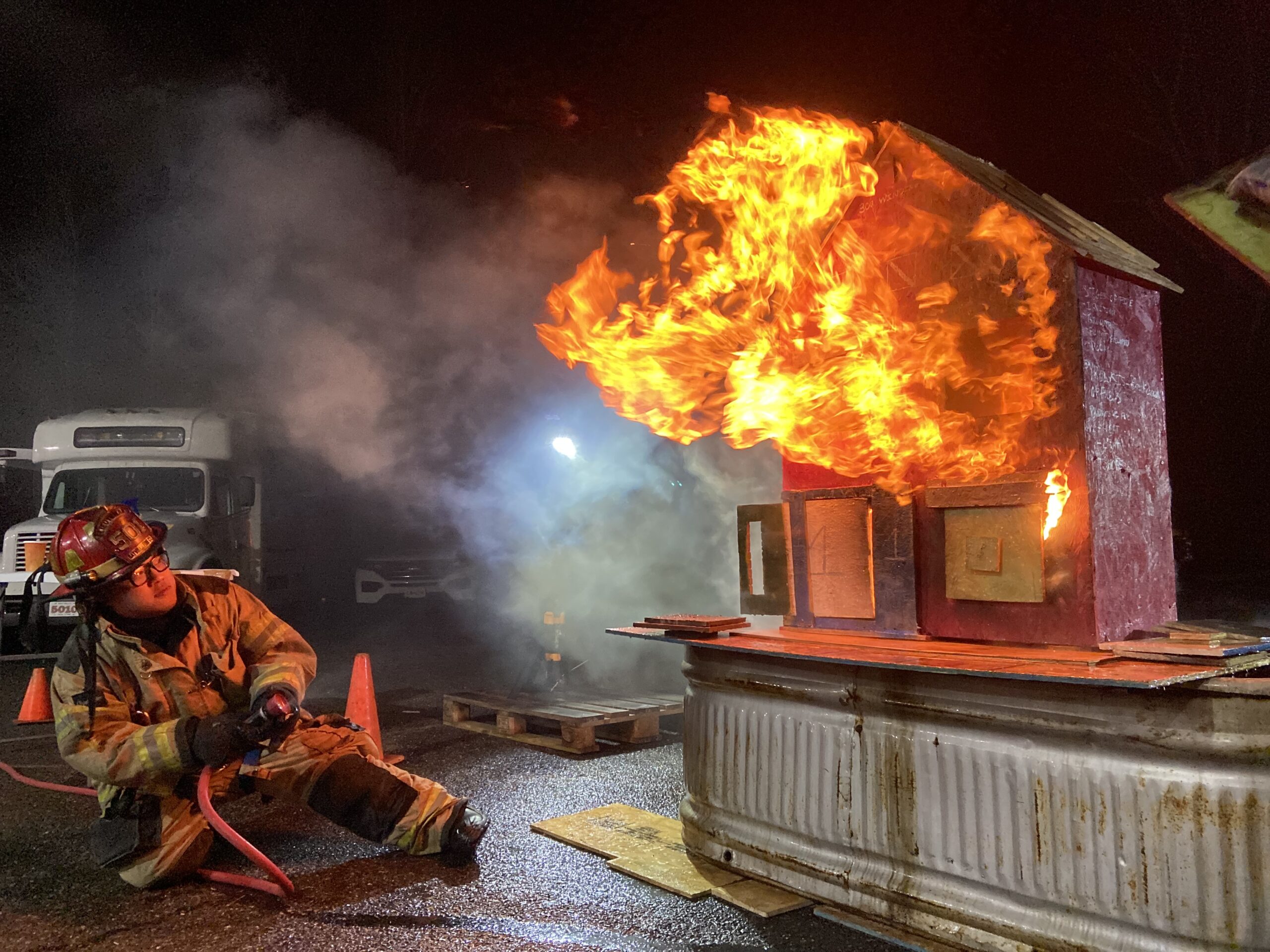 Halloween is a time for fun and spooky celebrations and activities, but it can also be a time for some truly scary fire safety hazards. As the holiday nears, take simple precautions that can help ensure the holiday remains fun and fire safe.Fires Caused by Decorations:
Halloween is a time for fun and spooky celebrations and activities, but it can also be a time for some truly scary fire safety hazards. As the holiday nears, take simple precautions that can help ensure the holiday remains fun and fire safe.Fires Caused by Decorations:- From 2017–2021 there was an average of 790 home structure fires that began with decorations per year.
- These fires caused an annual average of 4 civilian fire deaths, 33 civilian fire injuries, and $14 million in direct property damage.
- Nearly half (48%) of these fires occurred because the decorations were too close to a heat source, such as a candle or hot equipment.
- Approximately one-third (33%) of these fires were started by candles.
-
Use glow sticks or battery-operated candles for jack-o’-lanterns and other Halloween decorations.
- When choosing costumes, stay away from long trailing fabric.
- Provide children with flashlights to carry for lighting or glow sticks as part of their costume.
- Teach children to stay away from open flames, including jack-o’-lanterns with candles in them.
- Keep Halloween decorations away from open flames and other heat sources, such as light bulbs and heaters.
-
Remember to keep exits clear of decorations so nothing blocks escape routes. Make sure all smoke alarms are working.
Other Safety Tips to Consider:
- Children should:
- Go only to well-lit houses and remain on porches rather than entering houses.
- Travel in small groups and be accompanied by an adult.
- Know their phone number and carry coins for emergency telephone calls.
- Have their names and addresses attached to their costumes.
- Bring treats home before eating them so parents can inspect them.
- Use costume knives and swords that are flexible, not rigid or sharp.
When walking in neighborhoods, they should- Use flashlights, stay on sidewalks, and avoid crossing yards.
- Cross streets at the corner, use crosswalks (where they exist), and do not cross between parked cars.
- Stop at all corners and stay together in a group before crossing.
- Wear clothing that is bright, reflective, and flame retardant.
- Consider using face paint instead of masks. (Masks can obstruct a child’s vision.)
- Avoid wearing hats that will slide over their eyes.
- Avoid wearing long, baggy, or loose costumes or oversized shoes (to prevent tripping).
- Be reminded to look left, right, and left again before crossing the street.
- Parents and adults should:
- Supervise the outing for children under age 12.
- Establish a curfew (a return time) for older children.
- Prepare homes for trick-or-treaters by clearing porches, lawns, and sidewalks and by placing jack-o-lanterns away from doorways and landings.
- Avoid giving choking hazards such as gum, peanuts, hard candies, or small toys as treats to young children.
- Inspect all candy for safety before children eat it.
- Parents and adults should ensure the safety of pedestrian trick-or-treaters
- Make sure children under age 10 are supervised as they cross the street.
- Drive slowly.
- Watch for children in the street and on medians.
- Exit driveways and alleyways carefully.
- Have children get out of cars on the curb side, not on the traffic side.
- And a few tips about pumpkins:
- Carve pumpkins on stable, flat surfaces with good lighting.
- Have children draw a face on the outside of the pumpkin, then parents should do the cutting.
-
Place lighted pumpkins away from curtains and other flammable objects, and do not leave lighted pumpkins unattended.


